Seasonal Flower Arranging: Bring Your Garden Indoors
There's nothing quite like having a freshly arranged bouquet of flowers to brighten up your home.
But instead of store-bought blooms, why not put your thriving garden flowers to use in stunning, season-inspired arrangements? Seasonal flower arrangement is a technique that brings the beauty of gardens into our homes.
The key to stunning arrangements lies not only in the selection of blooms, but also understanding the seasonal availability and characteristics of your flowers. Let’s delve into some techniques for creating arrangements using flowers from your own garden, and tips on the best types to use for each season.
Spring

Spring is the season of renewal and brings vibrant-colored blooms. Some of the best flowers to use in spring include daffodils, hyacinths, tulips, and peonies. They not only symbolize the vitality of the season, but also come in myriad colors from soft palettes to bright hues. When arranging your spring flowers, consider combining different textures and heights to add depth and appeal to your displays.
Summer

The summer season brings an abundance of flowers, making it an ideal time for floral arrangements. Popular seasonal blooms for arrangements include zinnias, roses, sunflowers, and dahlias. They are renowned for their bright colors and sturdy stems, making them perfect for larger and more extravagant arrangements. Combine large blooms with filler flowers like baby's breath for a fresh summer look.
Autumn

Come fall, the flowers in your garden will start to change their colors along with the leaves. Autumn is synonymous with warm tones and textural elements for floral arrangements. Consider using flowers like dahlias, chrysanthemums, and sunflowers in shades of red, orange, and yellow. Add some seasonal foliage like branches or maple leaves to give your arrangements a rustic autumn look.
Winter

Winter arrangements should not be neglected, as they can be both festive and elegant, combining seasonal flowers and evergreens. Popular choices for arrangements include hellebores, amaryllis and paperwhites. Combine your winter blooms with branches, berries and pine cones for a festive look that's ideal for holiday celebrations and reunions.
Layering and height
Apart from selecting the right seasonal flowers, try to create more depth in your arrangements with blooms of various heights. Place taller blooms in the back or middle of arrangements, and smaller flowers in front. Use filler flowers to fill in the gaps and add volume.
Color coordination
Use flowers with complimentary colors to create cohesive and appealing color schemes for your arrangements. Consider either a mix of complementary colors or a monochromatic palette for a more sophisticated look.
Using containers
The use of containers can further accentuate the appeal of floral arrangements. Choose containers that complement the theme and style of your arrangements. For a more rustic look that’s ideal for fall and winter, place your arrangement in a ceramic pot or wooden crate. Opt for a glass vase or metal container for more formal styles.
Final thoughts
By incorporating these simple arranging techniques, and choosing the best types of flowers for each season, you will be rewarded with amazing floral displays that showcase the beauty of your garden year-round.
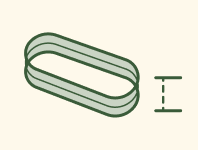
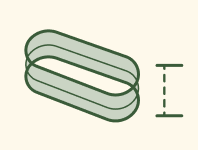
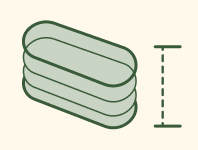
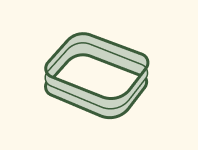
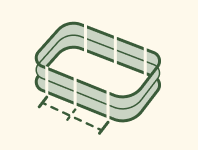
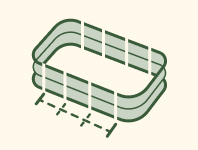
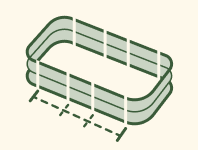
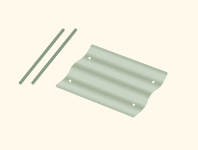




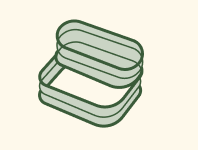


















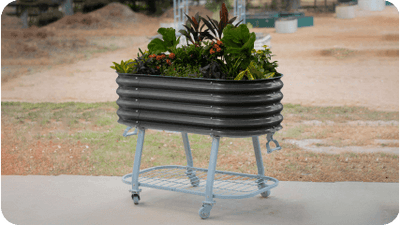








































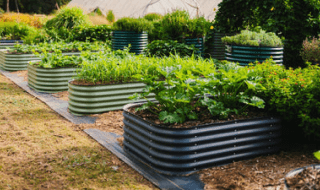
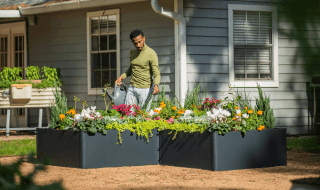
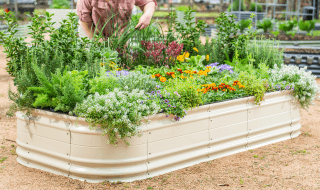
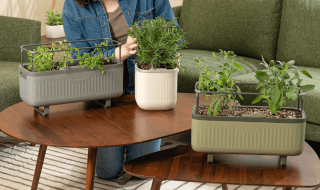
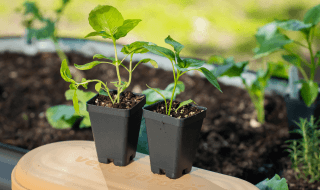
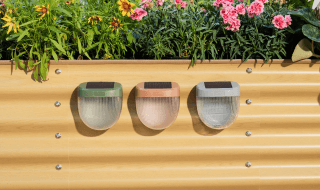
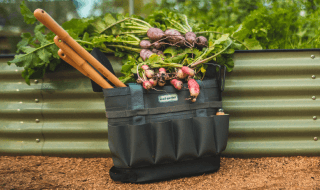
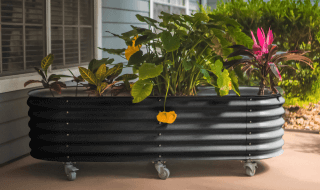







Leave a comment